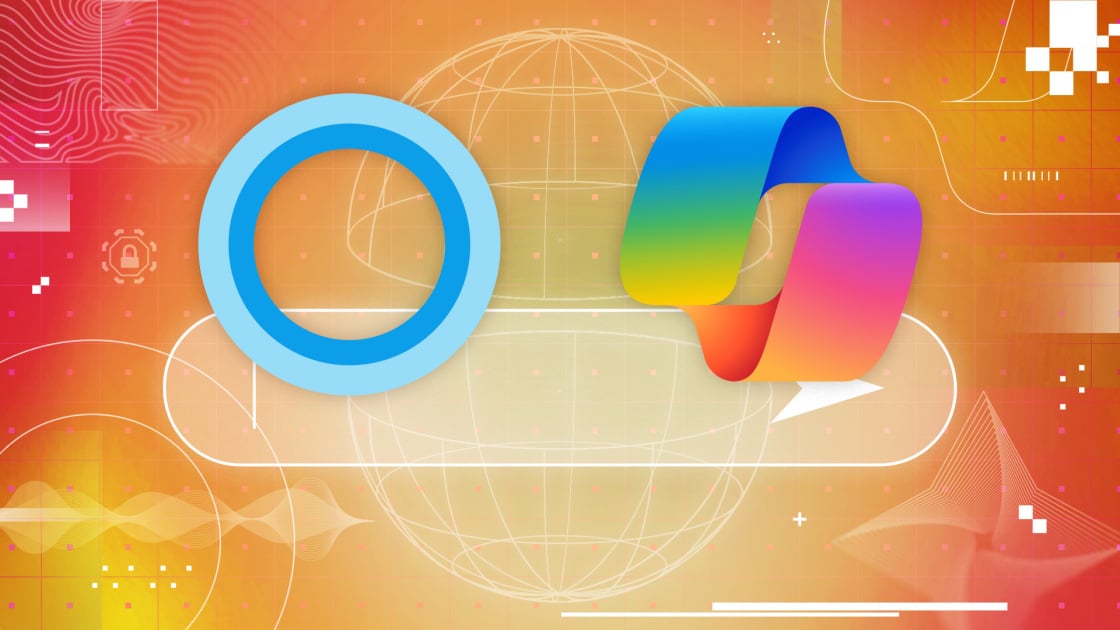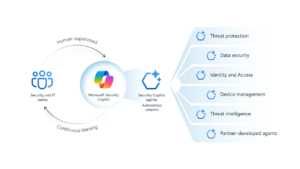Why Isn’t Copilot More Similar to Cortana?

The Lost Features of Cortana
One of the joys of using my PC was being able to simply shout, “Turn off the computer!” from across the room. This feature was possible with Microsoft’s Cortana, an AI voice assistant that enabled various commands, unlike Mac users who didn’t have a similar capability like Siri at the time. Cortana was introduced before Siri, allowing users to not just shut down their computers, but also to change settings, manage applications, send emails, and answer a range of questions—similar to what Alexa and Google Assistant can do today.
Although Microsoft’s new Copilot AI shows advancements in knowledge and linguistic skills, it lacks certain basic functionalities that Cortana had. For example, while earlier versions of Copilot featured some system control capabilities, these have since been removed, raising the question: shouldn’t Copilot at least include everything Cortana could do?
How Copilot Works
To achieve the level of control I miss, a wake word feature is essential. Windows does have a Voice Access feature, which allows users to operate their PCs using only voice commands. However, this is more suited for comprehensive control rather than quick commands like “shut down.” Additionally, Voice Access doesn’t leverage AI to provide answers or create new content, making it less efficient for specific tasks. Unlike Cortana, managing system functionalities through Voice Access often requires multiple commands rather than a single directive.
Challenges in Device Control
Implementing device control features, particularly the wake word functionality, poses challenges on mobile devices. This is mainly because Microsoft does not fully control the hardware required for such capabilities. However, for Windows PCs, Microsoft has considerable influence over the hardware specifications, like the requirement for a TPM security chip in Windows 11. Therefore, it seems feasible for Copilot to offer voice control over PC functions similar to how Cortana did.
I’m not looking for Copilot to manage smart home devices, especially since Microsoft phased out these features from Cortana. My primary interest lies in having Copilot manage the PC it operates on, enabling convenient tasks simply through voice commands.
The Future of AI in Windows
Microsoft has been enhancing Copilot with advanced features lately. Notable additions include Copilot Vision, which uses multimodal generative AI for interpreting the user’s environment through their PC or phone camera. In addition, Copilot Pages allows users to create and store lasting documents, while Copilot Search provides enhanced Bing capabilities with greater transparency regarding thought processes and sources.
During Microsoft’s 50th-anniversary event, there were optimistic announcements regarding Copilot’s future. The company indicated that updates would allow users to search for information, modify settings, organize files, and collaborate on projects—all without needing to switch between applications. However, it’s important to note that these enhancements largely apply to tasks within apps currently visible on the screen. The real excitement will come if these capabilities expand to include the entire Windows environment, allowing users to control the operating system with similar efficiency.
While the Copilot journey is ongoing, its evolution hints at a more flexible and capable future. Exciting developments could soon bring the versatility of Cortana back to life in a new form that merges powerful AI with effective user control.






